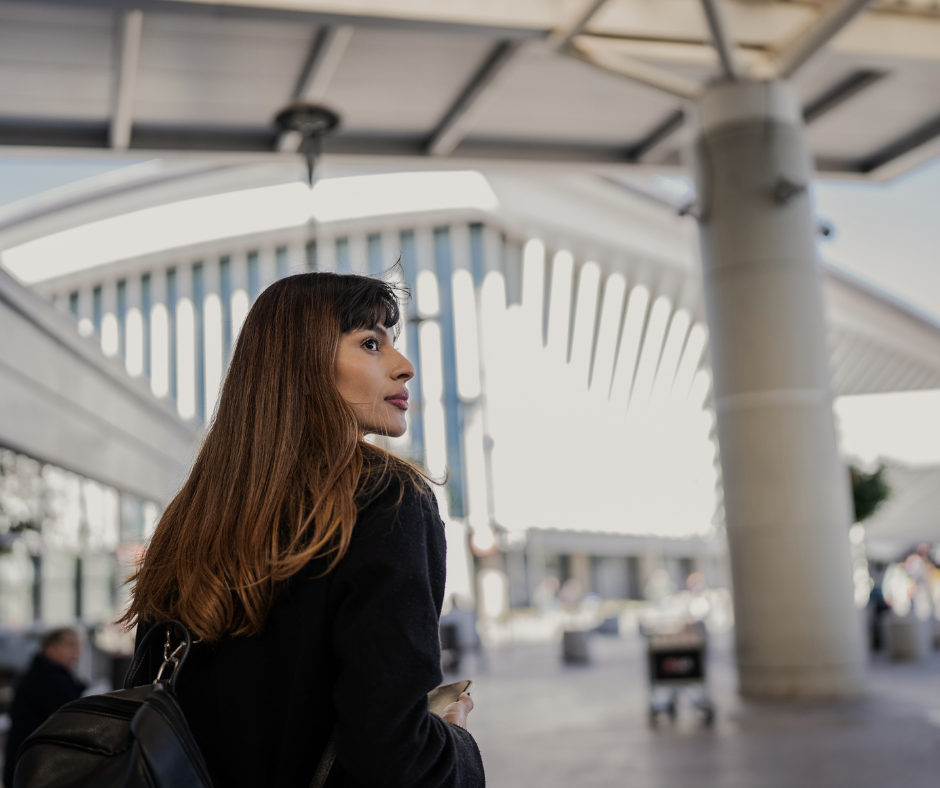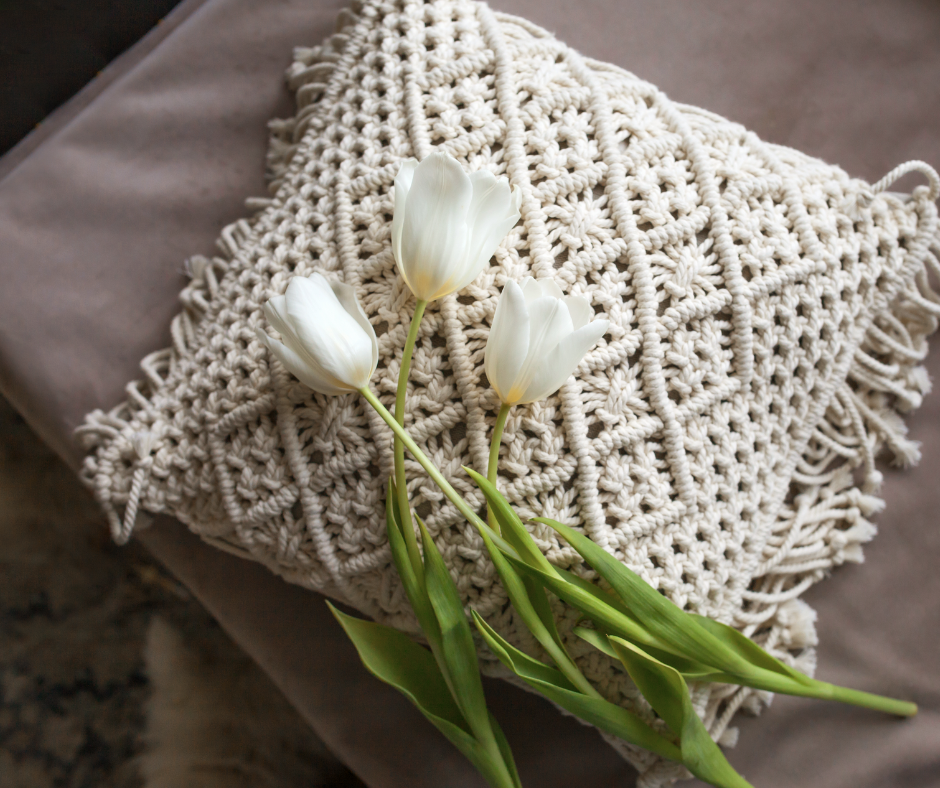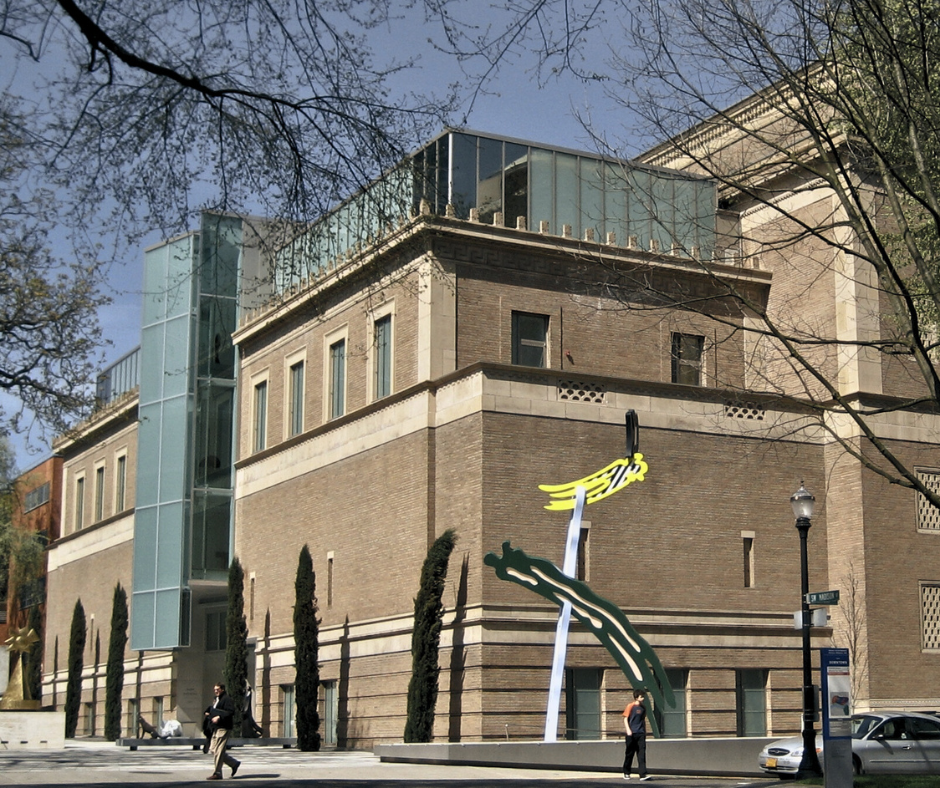
Let’s Explore the Many Unique Art Museums in Oregon
Summary
Reflection Questions
Journal Prompt
Oregon’s art landscape is dynamic and multifaceted. This diversity is vividly encapsulated in its array of art museums, each offering unique perspectives and experiences. From the venerable Portland Art Museum, renowned for its extensive and varied collections, to the more specialized Jordan Schnitzer Museum of Art in Eugene, focusing on academic and cultural exhibits, these institutions serve as vital custodians of artistic expression. Smaller galleries and thematic museums further enrich the scene, showcasing everything from contemporary craft to indigenous art, highlighting Oregon’s commitment to both preserving heritage and fostering artistic innovation. In this article, we celebrate Oregon’s efforts to celebrate many different facets of visual art and acknowledge that the state’s natural beauty has inspired artists regionally, nationally, and beyond. Read on to learn more about Oregon’s art museums and the state’s place in art history.
Oregon’s Place in Art History
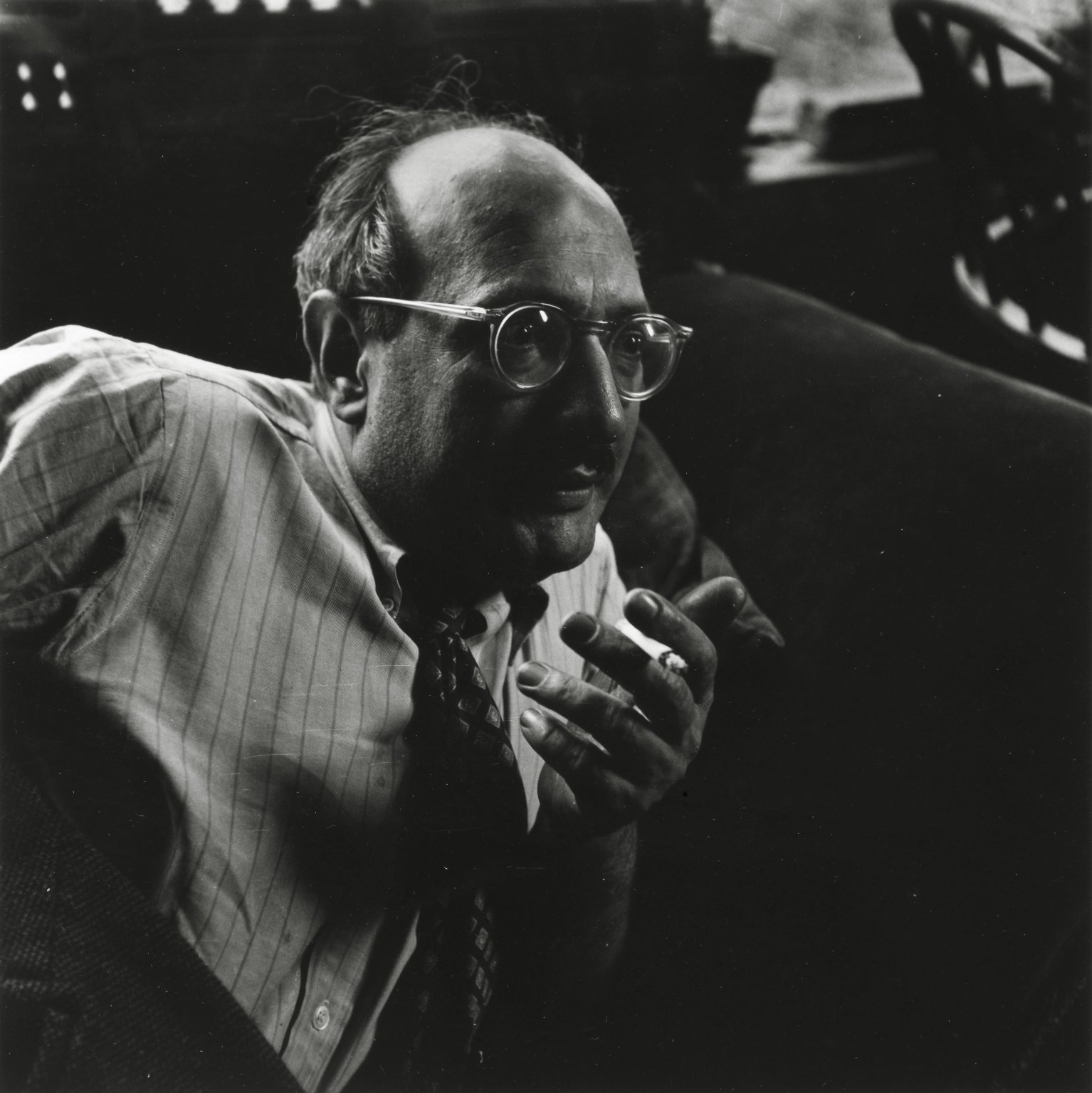
Oregon’s contribution to art history is marked by its unique position at the intersection of diverse cultural influences and its picturesque landscapes, which have inspired numerous artists. The state has fostered a creative environment conducive to artistic innovation and expression, making significant contributions to various art movements, particularly in the realms of photography, painting, and sculpture.
One of Oregon’s most renowned artists is Mark Rothko, a preeminent figure in the Abstract Expressionist movement. Born in Latvia, Rothko moved to Portland as a child. His early experiences in Oregon played a formative role in his artistic development. Rothko’s later works, characterized by their emotive qualities and use of color, have had a lasting impact on contemporary art.
Photographer Minor White is another notable artist with strong ties to Oregon. White’s work is distinguished by its mystical and metaphysical qualities, and he played a crucial role in establishing photography as a fine art. During his time in Oregon, particularly in Portland, White captured the region’s natural beauty and architectural landscapes, leaving a photographic legacy that continues to influence the field.
Lee Kelly, an Oregon native, is recognized for his large-scale public sculptures that integrate into and reflect the natural landscape. Kelly’s works are prominent in various public spaces across the state, contributing to Oregon’s reputation for integrating art into public and natural settings.
Talented artists like Carrie Mae Weems and James Lavadour also have connections to Oregon. Weems, known for her powerful works addressing issues of race, gender, and class, has been a significant figure in both the national and Oregon art scenes. Lavadour, a member of the Walla Walla tribe, is renowned for his vibrant, abstract landscapes inspired by the geography and geology of the Pacific Northwest.
These artists, among others, have helped establish Oregon as a vibrant center for artistic innovation and exploration, contributing richly to both national and global art narratives. The state continues to nurture artists across various disciplines, reinforcing its role in the ongoing story of art history.
The Diversity of Oregon’s Art Museums
Contemporary Art Museums
Oregon’s contemporary art museums, such as the Portland Institute for Contemporary Art and Disjecta Contemporary Art Center (now the Oregon Center for Contemporary Art), offer a window into the evolving art forms of the current era. These institutions focus on showcasing cutting-edge works through each groundbreaking new exhibition, often reflecting on modern societal themes and issues. They serve as platforms for both emerging and established artists, highlighting innovative techniques and concepts.
Classical Art Museums
Classical art in Oregon is represented in institutions like the Portland Art Museum, which boasts an impressive collection of European paintings, ancient artifacts, Modernist masterpieces, and traditional American art. These museums preserve and exhibit works from past centuries, providing insight into historical artistic movements and the evolution of artistic styles. They offer educational opportunities to understand the context and significance of classical art forms.
Public Art Museums
Public art museums in Oregon, such as the Jordan Schnitzer Museum of Art, are accessible to the wider community, often supported by government or university funding. These museums play a significant role in cultural education and engagement, showcasing a diverse range of art from various cultures and time periods. They frequently host community events, educational programs, and special exhibitions.
Private Collections and Galleries
Private galleries and collections in Oregon, like the Hallie Ford Museum of Art in Salem, provide a more intimate art viewing experience. Often founded by individual collectors or private organizations, these spaces can offer highly curated collections focusing on specific themes, artists, or art movements. They contribute to the diversity of the state’s art scene by presenting unique and sometimes niche artistic perspectives.
Spotlight on Major Museums
Portland Art Museum (Portland)
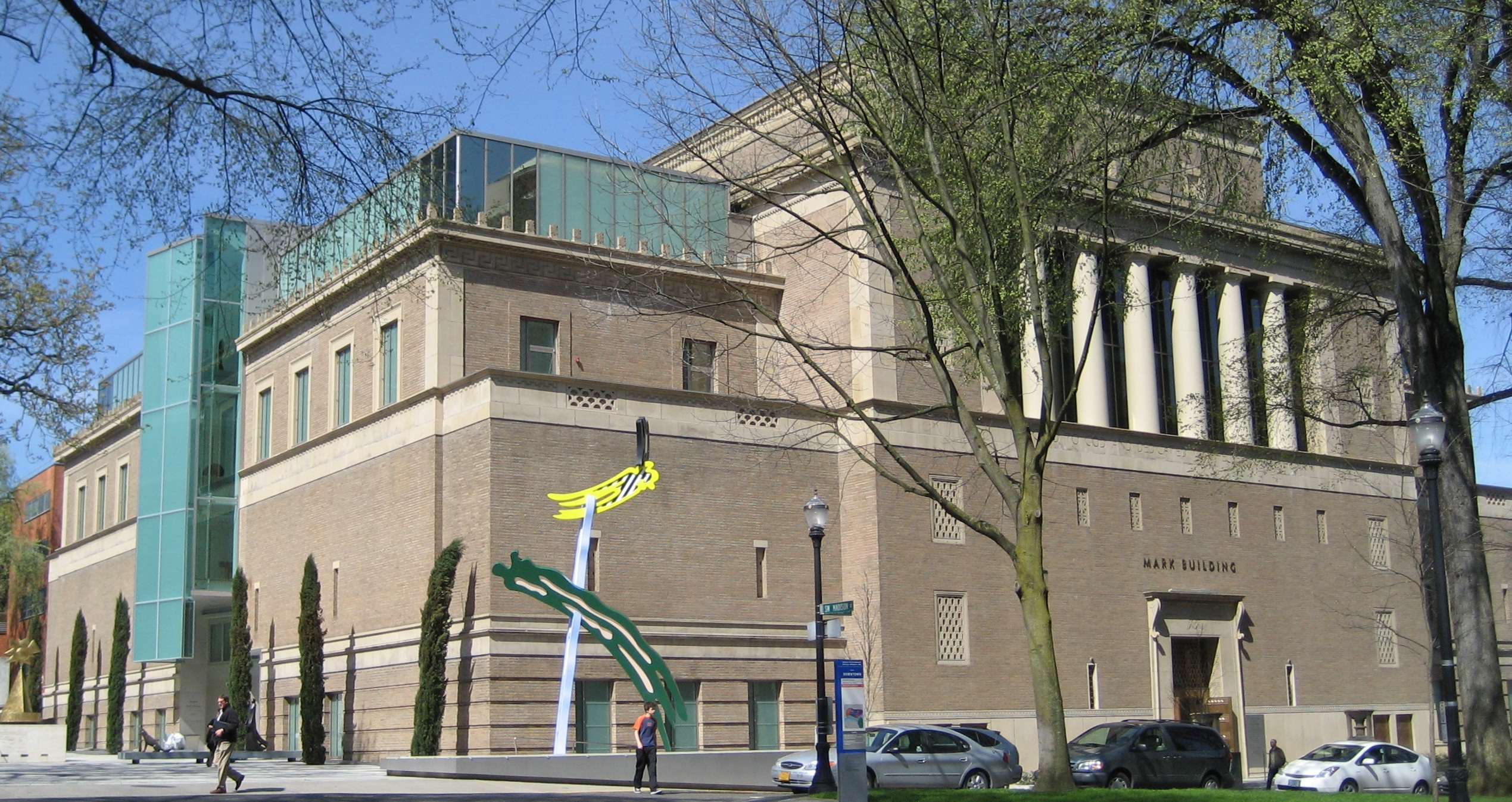
The Portland Art Museum, established in 1892, is renowned for its expansive and diverse collections, making it one of the oldest and largest art museums in the Pacific Northwest. The museum’s extensive holdings encompass a wide range of art periods and styles, with significant collections of Native American art, English silver, and graphic arts.
A notable highlight includes exhibition that was designed to present Africa fashion on loan from the Victoria and Albert Museum, showcasing the museum’s commitment to presenting culturally diverse and globally significant exhibitions. Keep an eye out for special events scheduled at the Portland Art Museum here.
Jordan Schnitzer Museum of Art (Eugene)
Located on the University of Oregon campus, the Jordan Schnitzer Museum of Art is distinguished by its academic and cultural exhibits. Its collections feature a broad array of art, including historical European, American, Korean, Chinese, and Japanese art. Its Asian art collections are considered particularly significant. The museum’s programming often intertwines with academic research, offering a scholarly approach to art curation and exhibition.
Hallie Ford Museum of Art (Salem)
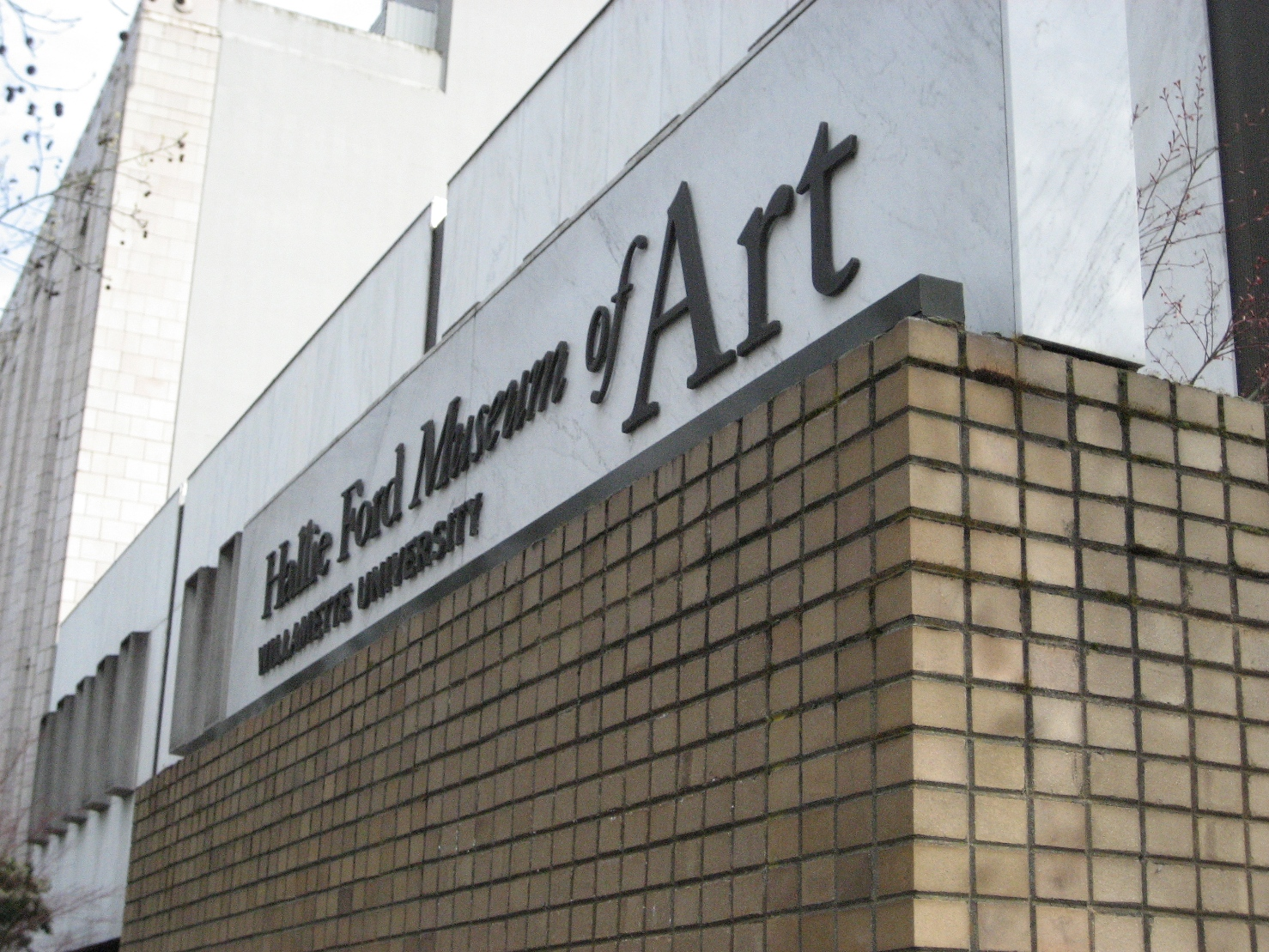
The Hallie Ford Museum of Art, part of Willamette University, emphasizes Pacific Northwest art, Asian art, and Native American art. Its collections and exhibitions reflect the cultural diversity and artistic richness of the region. The museum plays a vital role in preserving regional art history and fostering cultural understanding through its diverse art displays.
Museum of Contemporary Craft (Portland)
The Museum of Contemporary Craft, a center for craft and design, explores the boundaries between art, craft, and design through its collections and exhibitions. It showcases a variety of contemporary works, ranging from traditional crafts to innovative designs, reflecting the evolving nature of craft in the modern world.
Schneider Museum of Art (Ashland)
The Schneider Museum of Art, situated at Southern Oregon University, blends contemporary art with selections from its permanent collection. The museum’s exhibitions often explore current art trends while maintaining a connection to the historical context, offering a diverse and educational art experience.
Coos Art Museum (Coos Bay)
As a key visual arts institution on Oregon’s Southern Coast, the Coos Art Museum focuses on Pacific Northwest art. It serves as a cultural hub for the region, hosting exhibitions that showcase local artists and the unique environmental and cultural narratives of the Pacific Northwest.
Maryhill Museum of Art (Goldendale)
Located near the Columbia River Gorge, Maryhill Museum of Art offers a richly varied collection, featuring Native American, European, and classical art. Its unique location and diverse holdings make it a destination for art lovers interested in a wide range of artistic traditions.
Hoffman Center for the Arts (Manzanita)
The Hoffman Center for the Arts, nestled along the Oregon coast, provides a vibrant space for arts programming and exhibitions. It supports local and regional artists, offering a platform for artistic expression in a variety of mediums and styles, reflecting the dynamic art scene of the coastal region. For the next major exhibition, check out their website.
Hidden Gems: Lesser-Known Museums and Galleries
Blue Sky Gallery (Portland)
The Blue Sky Gallery, located in Portland, is a dedicated space for photography. Established in 1975, it has gained a reputation for exhibiting high-quality photographic works, ranging from documentary to experimental genres. The gallery focuses on presenting the work of lesser-known photographers alongside established artists, making it a pivotal platform for photographic exploration and discovery in Oregon.
Umpqua Valley Arts Association (Roseburg)
Nestled in Roseburg, the Umpqua Valley Arts Association is a vibrant community art center. It offers a variety of rotating exhibitions that highlight local and regional artists. The center’s commitment to showcasing a diverse range of artistic mediums and styles makes it a cornerstone for arts appreciation in Southern Oregon.
Newport Visual Arts Center (Newport)
The Newport Visual Arts Center, situated on Oregon’s picturesque coast, serves as a key cultural hub in Newport. It offers a range of art exhibitions, workshops, and educational programs. The center is especially known for its support of Oregon coastal artists, providing them a platform to exhibit their work influenced by the region’s unique landscape and culture.
The Arts Center (Corvallis)
Located in Corvallis, The Arts Center is a community-focused space dedicated to nurturing local art and artists. It hosts exhibitions that feature works by artists from the Willamette Valley and beyond, spanning a variety of mediums and artistic perspectives. The center plays an integral role in fostering the local arts scene and promoting cultural engagement within the community.
Linfield Gallery (McMinnville)
The Linfield Gallery at Linfield University in McMinnville showcases contemporary art across various mediums. It serves as an educational and cultural resource, providing a space for artistic dialogue and exploration. The gallery’s exhibitions often feature emerging artists and themes, reflecting current trends and topics in the art world.
Bush Barn Art Center (Salem)
The Bush Barn Art Center, located in Salem’s Bush’s Pasture Park, offers a tranquil setting for art exploration. It features three galleries that exhibit works by local and regional artists, encompassing a range of artistic styles and mediums. The center is known for its commitment to promoting arts and culture within the Salem community.
Cultural Impact and Community Engagement
Many of Oregon’s galleries and museums, like the Portland Art Museum, actively engage with their local communities through a variety of educational programs. These institutions offer art classes, workshops, and guided tours, making art more accessible and understandable to people of all ages. Such initiatives not only educate but also foster a deeper appreciation of art within the community.
Hosting Community Events and Exhibitions
Oregon’s art institutions frequently host events and exhibitions that resonate with local interests and issues. For example, the Jordan Schnitzer Museum of Art in Eugene often organizes community-centered events, artist talks, and exhibitions that reflect on regional culture and history. These events serve as platforms for community engagement, discussion, and cultural exchange.
Supporting Local Artists and Artisans
Galleries and museums across Oregon, like the Hallie Ford Museum of Art in Salem, place a strong emphasis on showcasing the work of local artists and artisans. By offering these artists a platform, these institutions play a crucial role in promoting local talent and contributing to the state’s vibrant artistic ecosystem.
Collaborations with Schools and Universities
Many art museums and galleries in Oregon collaborate with educational institutions to integrate art into academic curricula. These partnerships, as seen with the Schneider Museum of Art at Southern Oregon University, help inculcate a love for art among students and foster a culturally rich educational environment.
Facilitating Cultural Diversity and Inclusion
Oregon’s art institutions are instrumental in promoting cultural diversity and inclusion. Museums like the Coos Art Museum in Coos Bay host exhibits and programs that celebrate the diversity of the state, including the representation of minority and indigenous communities. This approach helps in building a more inclusive and understanding community.
Community Art Projects and Participatory Art
Some Oregon art centers and museums engage the community through participatory art projects where community members can contribute to and engage with the art-making process. These participatory projects, often seen in smaller galleries and community centers, help demystify art and make it more accessible to the public.
Preservation of Regional Art and History
Museums in Oregon also play a vital role in preserving the state’s regional art and history. By maintaining and displaying historical collections, these institutions help keep the state’s heritage alive, providing a link between the past and present for community members.
Economic Contribution and Tourism
Besides cultural contributions, Oregon’s galleries and museums significantly impact local economies by attracting tourists and art enthusiasts. Their presence enhances the state’s cultural tourism appeal, contributing to the overall economic health of their communities.
Final Thoughts on Oregon’s Art Scene
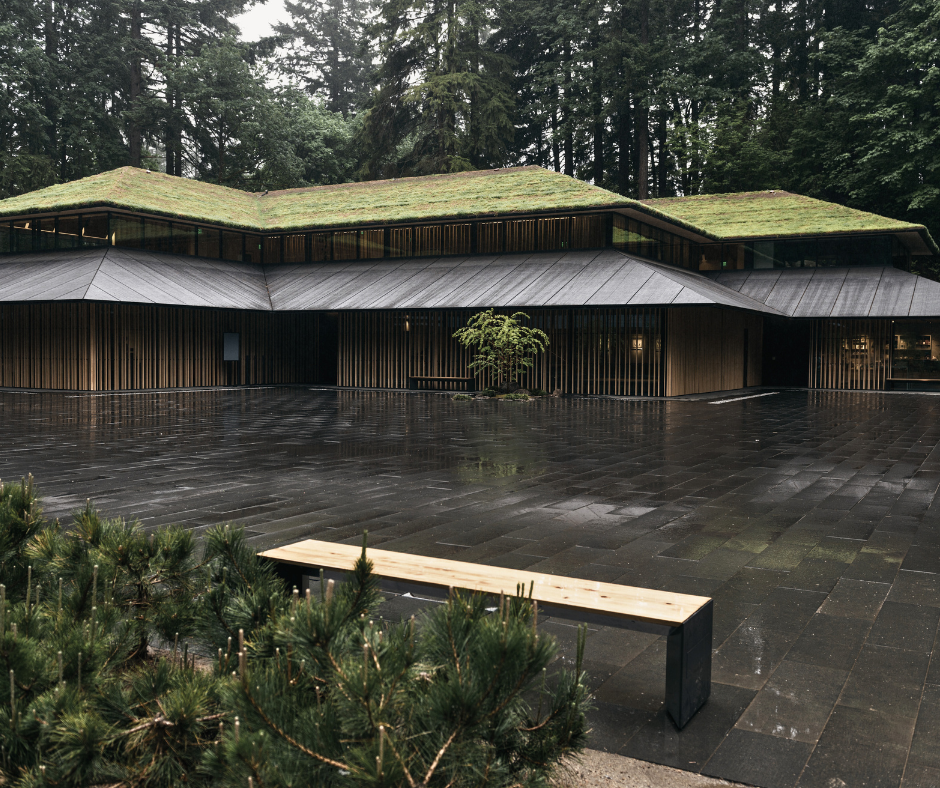
From the esteemed collections of the Portland Art Museum to the regionally focused exhibits of the Coos Art Museum, these institutions offer an expansive array of artistic expressions. They not only preserve and celebrate art from various eras and cultures but also actively engage and enrich their communities through educational programs and support for local artists.
Beyond the walls of these museums, Oregon’s commitment to art extends into its public spaces, where vibrant street art and public installations further animate the urban landscape, making art an accessible and integral part of everyday life. The breadth and depth of Oregon’s art scene, both indoors and outdoors, invite exploration and discovery, offering enriching experiences for residents and visitors alike. This dynamic fusion of traditional museum settings with outdoor artistic expressions underscores Oregon’s unique approach to embracing and showcasing art in all its forms.
Which museums will you visit? Let us know in the comments below.







